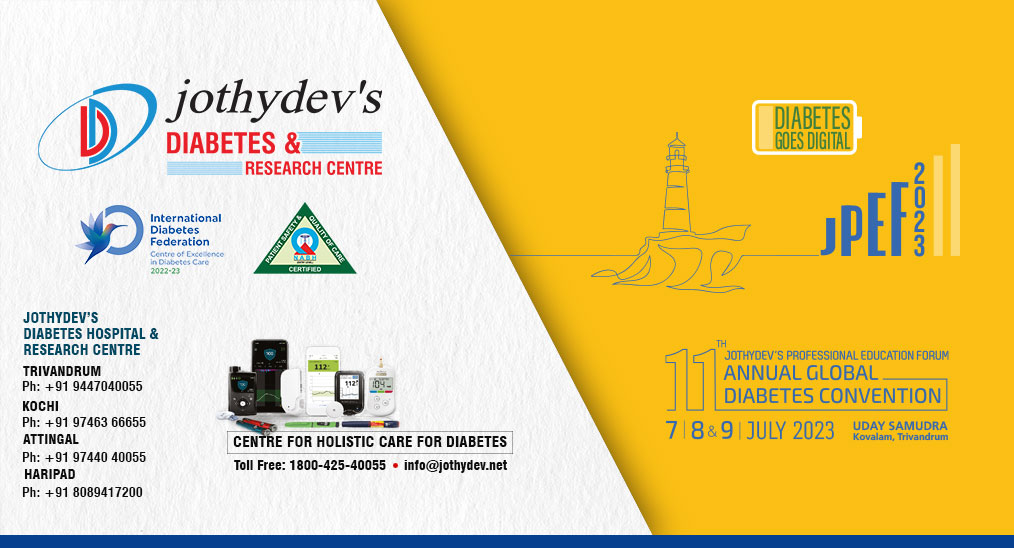1. Childhood obesity contributes to risk of adulthood diabetes subtypes

Childhood obesity is a growing concern worldwide, and a recent study published in 'Diabetologia' had reported that there exist a strong association between genetic risk factor for childhood obesity and the increased possibility of developing most subtypes of type 2 diabetes as adults.
The study utilized Mendelian randomization design, and the findings suggest that individuals with a genetic predisposition to childhood obesity are more likely to develop most types of type 2 diabetes later in life.
The research team led by Yuxia Wei from the Institute of Environmental Medicine in Sweden, aimed to investigate whether the impact of childhood adiposity (fatness) differs across proposed subtypes of diabetes. They analyzed data from European genome-wide association studies of childhood adiposity, as well as subtypes of diabetes including latent autoimmune diabetes in adults (LADA), severe insulin-deficient diabetes (SIDD), severe insulin-resistant diabetes (SIRD), mild obesity-related diabetes (MOD), and mild age-related diabetes (MARD).
The team discovered that higher levels of childhood adiposity had a genetically predicted positive effect on LADA (odds ratio [OR] 1.62, 95% confidence interval [CI] 1.05, 2.52), SIDD (OR 2.11, 95% CI 1.18, 3.80), SIRD (OR 2.76, 95% CI 1.60, 4.75), and MOD (OR 7.30, 95% CI 4.17, 12.78), but not on MARD (OR 1.06, 95% CI 0.70, 1.60). These associations remained consistent across multiple Mendelian randomization methods, and the results remained largely unchanged when individual genetic variants were excluded from the analysis.
While it is widely known that childhood obesity is closely linked to insulin resistance in adulthood, the researchers found the most striking observation that childhood adiposity is a risk factor not only for adult-onset diabetes primarily characterized by obesity or insulin resistance but also for subtypes primarily characterized by insulin deficiency or autoimmunity. This groundbreaking research, which is the first of its kind highlights the importance of addressing childhood obesity as a preventive measure to reduce the proportion of causes related to obesity and insulin resistance, as well as the number of diabetes cases characterized by insulin deficiency or autoimmunity.
For enquiries info@jothydev.net.
Please visit: jothydev.net | research.jothydev.com | diabscreenkerala.net | jothydev.com/newsletter




